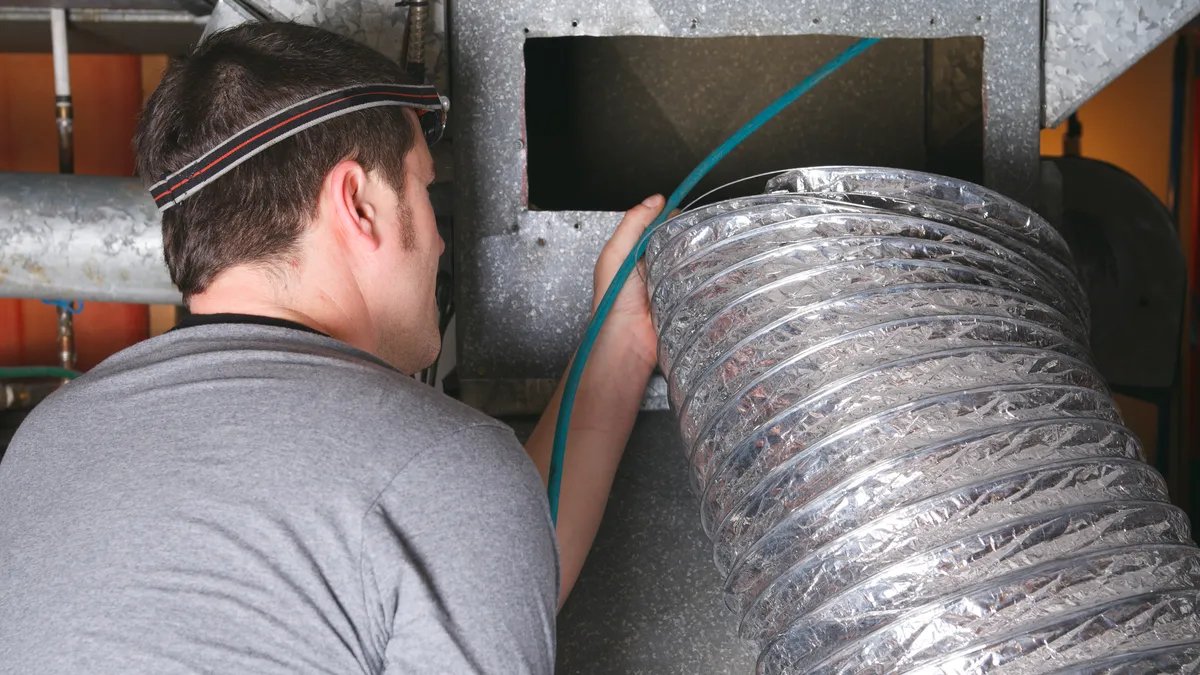Navigating budget constraints and rising costs while managing equipment and infrastructure are top challenges facing facility managers, said experts during a webinar discussing MRI Software’s Voice of the Facility Manager 2025 report, slated to be released next week.
MRI Software provides facilities management software solutions, including lease accounting, workforce and resource planning, supplier and contract management, maintenance, energy consumption, space planning and analytics tools.
While the majority of facility managers surveyed say that budget sizes have increased, there is also increased scrutiny of operating budgets, “because you’ve got more money at stake,” Geoffrey Boss, director of property management at Carnegie Management and Development Corporation, said.
“Everyone knows within facility management, we don’t make money,” said Jill Judge, global facilities director at MRI Software. “We only spend money. So, that’s why people in finance and leaders of the company are looking at what we are spending.”
Facilities teams also face differences today between how they allocate operating costs and capital expenditures. “That is more visible now,” Judge said. “The cost of items, if you have to do repairs, is more costly than it was a few years back, so you just put everything together.”
“Steel, wood – everything to make anything is so much more costly,” she said. “How do you navigate [this] so you’re not spending 30% more than what you were spending four or five years ago? You need to look at it every which way.”
Overworked staff is another issue. Almost 55% of respondents said they are six to 20 hours over full time per week, said Steve McKissick, senior director of customer success at MRI Software.
To accommodate these workers, facilities leaders should “give [them] the flexibility of coming in late or leaving a little earlier…. We try to help each other, and try to make sure everybody has a nice work-life balance,” Judge said.
“You can’t account for every single hour that [an employee] works over, but when someone needs it, they have the flexibility to do what they need to do,” she said. “I think senior leadership in most companies realize that it’s not a 9-5 job, so there tends to be a little more flexibility with facility managers and facility teams.”
Despite longer hours, respondents were mostly positive about their roles, with 74% saying they are satisfied with their job security, 78% very satisfied with the flexibility of their role under the facilities management organization and 50% happy with their opportunities for advancement within their organization, McKissick said.
In addition, 78% of respondents said they would recommend working in facilities management, while 82% have decided that three years from now they will still be working in facilities management, he noted.
Judge and Boss both noted that they do not have degrees in facilities management, but had great mentors and fell in love with the profession. “I was actually in school part-time for nursing, and here I am, global facilities director and I can’t imagine doing anything else,” Judge said.














